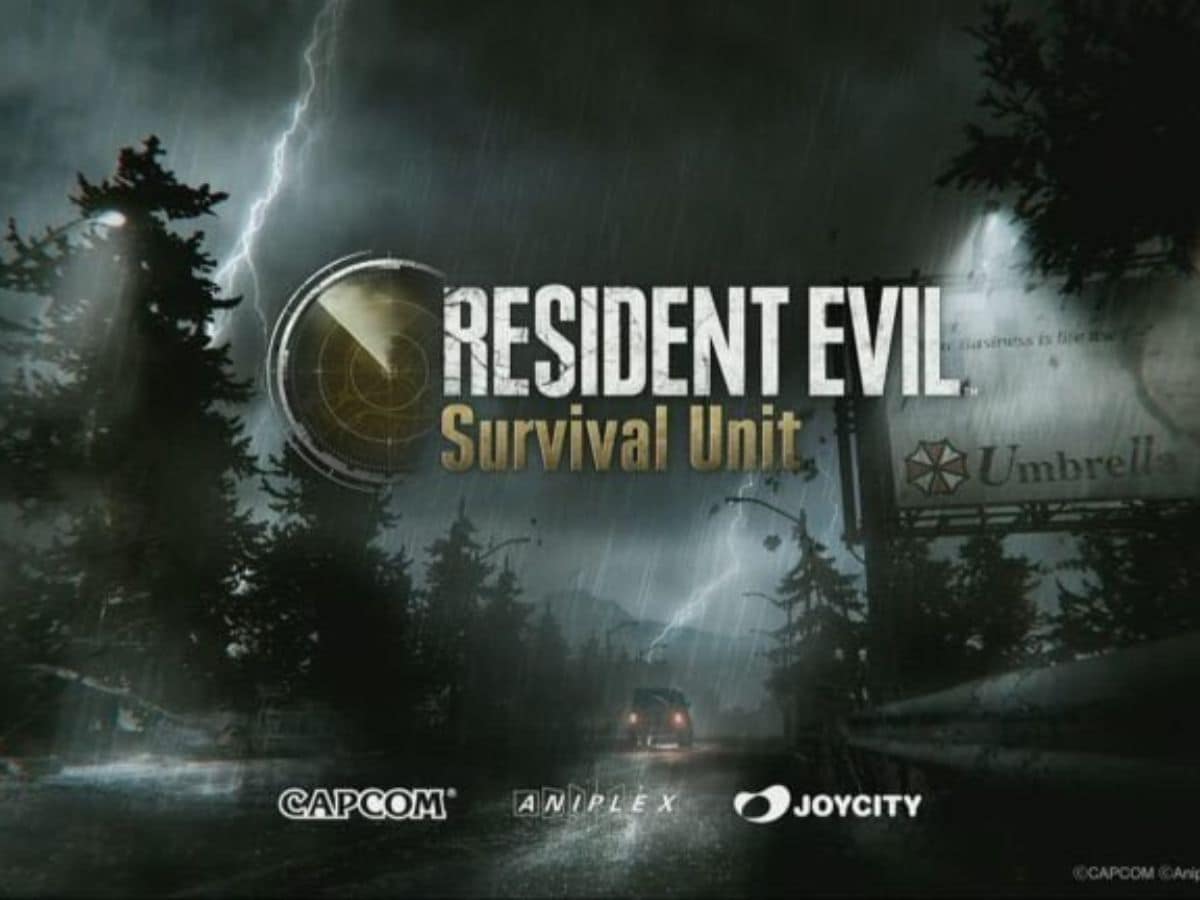Although the electric service has begun to recover, almost medium Spain continues in the dark and the sequelae of the blackout remain palpable. In the field of transport, 35,000 passengers trapped were rescued by Renfe, Adif and the Military Emergency Unit (UME). However, there are still three trains to recover. The president of the Government, Pedro Sánchez, explained that these units are in areas especially difficult to access.
Rescue equipment deployed throughout the morning. Since the supply cut occurred on Monday after 12:30, ADIF, Renfe rescue teams and the UME work continuously to recover trapped trains in different parts of the rail network. The difficulty does not reside solely in the lack of electricity, but that some convoys were isolated in difficult access areas, which complicates rescue maneuvers. Adif had already warned that the average and long distance services would not operate throughout the day, regardless of the evolution of the supply, and the suspension also extended to the nearby and rhodalies lines.,
A clear objective: to recover rail mobility. The government has stressed that one of the priority objectives is to restore the trains circulation as soon as possible, starting with the nearby lines. Pedro Sánchez has pointed out that the objective is to restore mobility in vicinity as soon as possible and also in average and long distance throughout Tuesday, although he has clarified that the recovery will ultimately depend on how the electric supply evolves.

In parallel, the Minister of Transport and Sustainable Mobility, Oscar Puente, has indicated that the tension is beginning to stabilize in some areas of the rail network, allowing several trains to resume their march. At the Atocha station, in Madrid, the arrival of at least seven trains that were detained is expected.


Click to see the original message in X
Open stations as improvised shelters. To mitigate the impact on travelers, Adif has enabled several of its main stations as places of night shelter. Stations such as Atocha, Chamartín, Sants, Valencia, Bilbao, Sevilla, Córdoba, Zaragoza, Valladolid and Malaga will remain open during the night so that those affected can be protected. In addition, the UME has deployed blankets and basic resources to serve passengers who have been forced to spend the night in the stations.

The origin of the blackout, still under investigation. While the recovery work advances, the cause of the blackout remains a source of research. The Government has explained that the sudden loss of 15 GW of electricity generation occurred, a phenomenon that is not precedents in the Spanish energy system. At the moment, no hypothesis about what happened is ruled out.
Images | Renfe
In WorldOfSoftware | The fact that illustrates the magnitude that Spain has lived with the blackout: 60% less demand in five seconds











